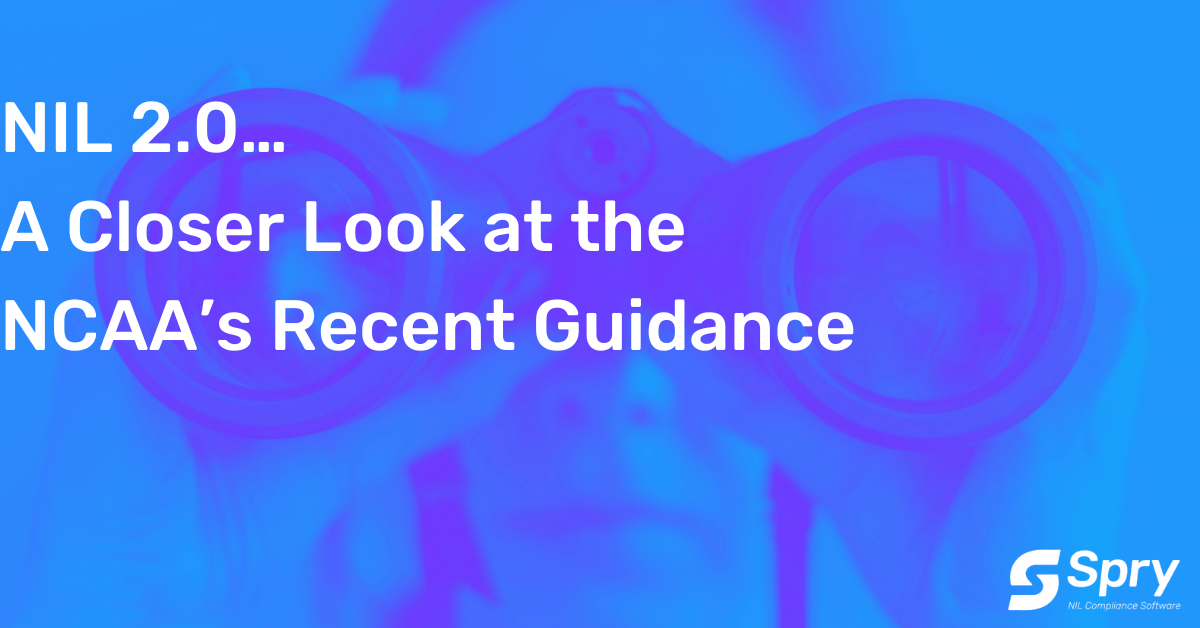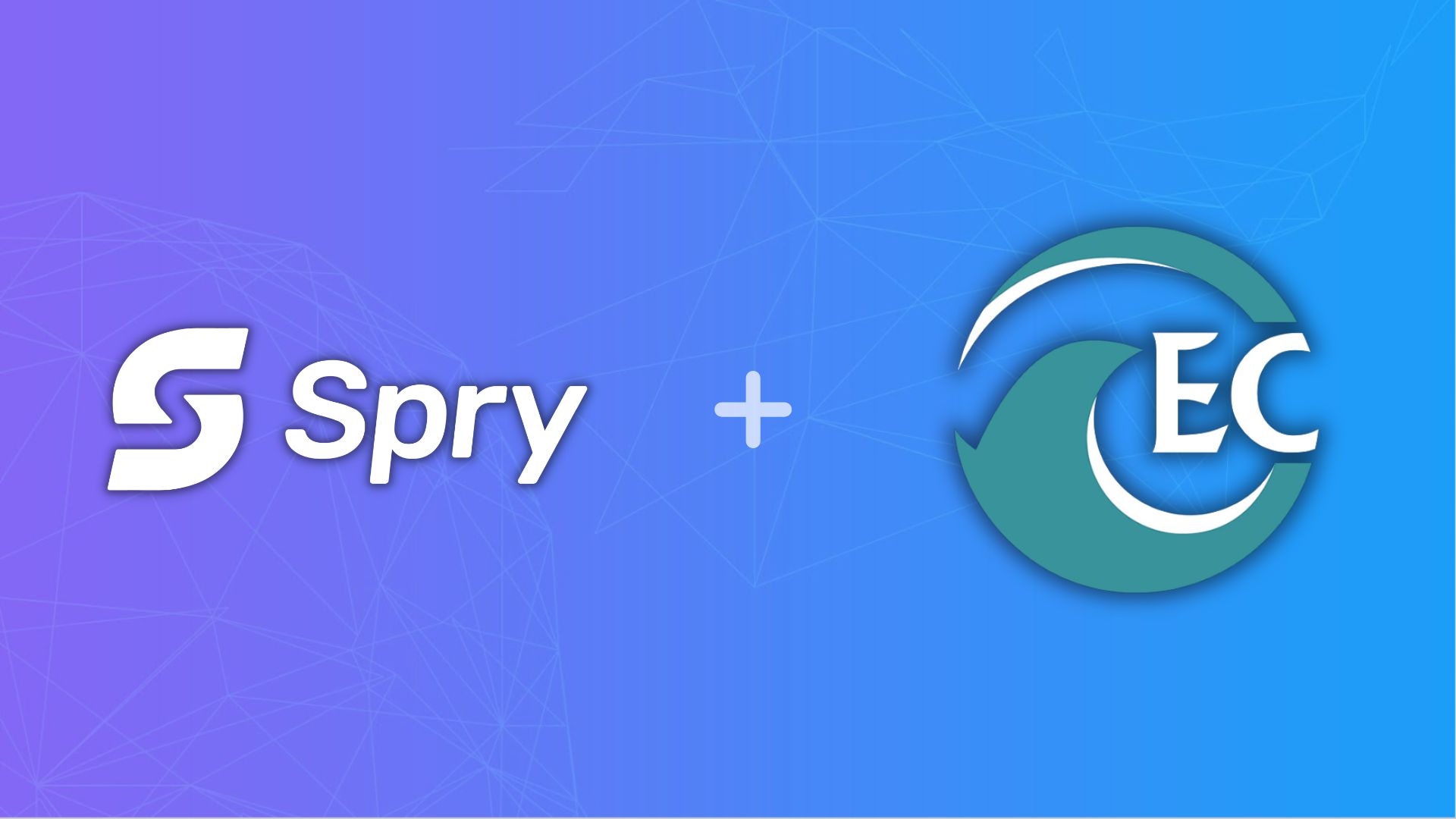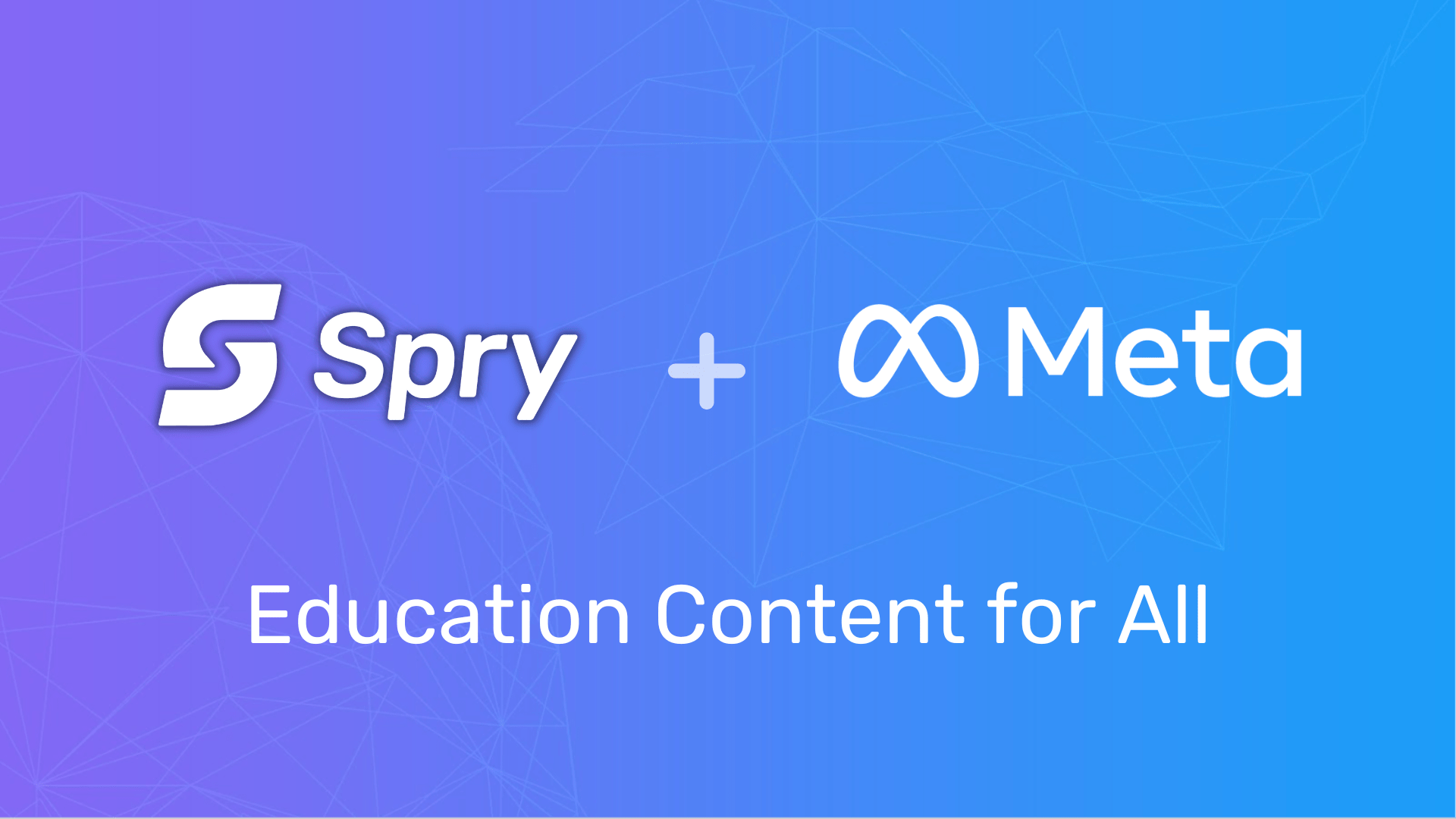News and Events
What does the NCAA’s recent guidance mean?

NIL 2.0…A Closer Look at the NCAA’s Recent Guidance
Last week, the NCAA issued updated guidance regarding name, image, and likeness (NIL) activities. The NCAA’s announcement did not introduce new NIL legislation however but rather was a clarification of the loose set of guidelines that were set forth in the NCAA’s interim policy last June.
The pre-existing NCAA prohibitions against recruiting inducements and booster involvement in recruiting activities were reaffirmed. Boosters have never been allowed to insert themselves into the recruiting process, although that is exactly what has occurred over the first ten months of the NIL era, as dozens of collectives served to steer prospective student-athletes to specific schools. This is the exact scenario many feared from the outset of NIL. Such activities are expressly prohibited in the NCAA’s Bylaw 13.2.1 which states:
“An institution’s staff member or any representative of its athletics interests shall not be involved, directly or indirectly, in making arrangements for or giving or offering to give any financial aid or other benefits to a prospective student-athlete or the prospective student-athlete’s family members or friends, other than expressly permitted by NCAA regulations.”
Enforcement Efforts
While many would agree that the influence of third parties within the recruiting process is problematic, putting the genie back in the bottle, so to speak, will be no easy task. Of course, one lever the NCAA has at its disposal is the enforcement process. Last week’s announcement was intended to serve notice to the membership that as it relates to NIL, business as usual will not be tolerated going forward. While enforcement can be retroactive as well, only the most egregious violators are expected to be pursued.
Traditionally, prospective SAs who have received impermissible recruiting inducements have been at risk of being ruled ineligible and subject to a reinstatement process that could involve a withholding from competition for some period of time. The NCAA Working Group has reportedly stated that sanctions are not expected to be directed at player eligibility, however. This would open the door for more institutionally based sanctions which, in extreme cases, could include allegations of failure to monitor (a Level II infraction) or a lack of institutional control (a Level I infraction). Such institutional infractions could carry penalties that include recruiting restrictions, loss of scholarships, fines, and probation, to name a few.
Legal Implications
One of the concerns from an NCAA standpoint is the threat of lawsuits by third parties or student-athletes themselves, claiming that NCAA legislation/enforcement creates an unfair restraint of trade. Alston vs. NCAA established that the NCAA is not exempt from antitrust law, however, Alston’s interpretation was not all-encompassing. The Supreme Court ruled in Alston that the NCAA cannot restrict student-athletes’ receipt of “educational expenses”, but stopped short of limiting the NCAA’s authority to prohibit “pay for play” or blatant financial inducements. Therefore, the delineation between educational and non-educational expenses will be a critical distinction that could require further legal interpretation, as Alston did not provide a clear definition on that front.
Takeaways for Member Institutions
With heightened scrutiny and the likelihood of enhanced enforcement efforts, institutions would be well served by becoming more diligent about tracking NIL disclosures. Failing to perform due diligence will leave institutions at risk for NCAA violations and susceptible to punitive action. Further, the education of boosters and recruits should also become a renewed area of focus for institutions.
While the recent announcement still leaves many unanswered questions about the future of NIL, it is still likely the case that an institution’s overall position will be strengthened by having reliable data, metrics, and educational tools in hand.
Please book a demo here to see how Spry can help your institution effectively manage this ever-changing environment!



